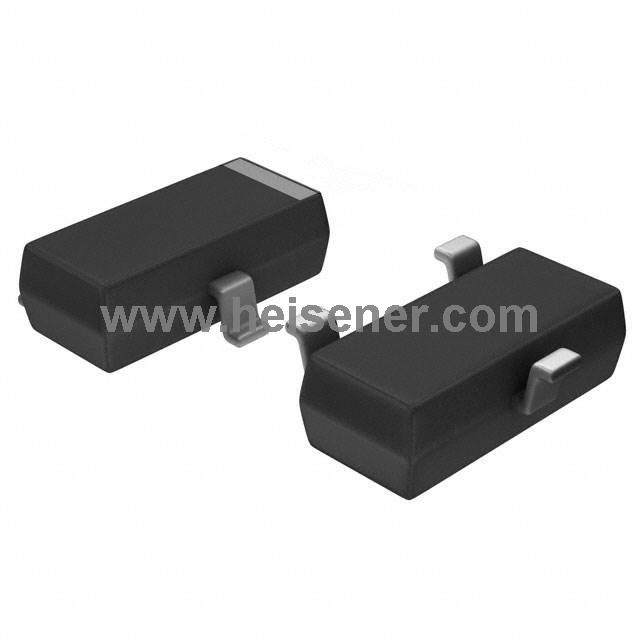
The MMBT2222A is a type of bipolar junction transistor (BJT) that belongs to the NPN (negative-positive-negative) category.
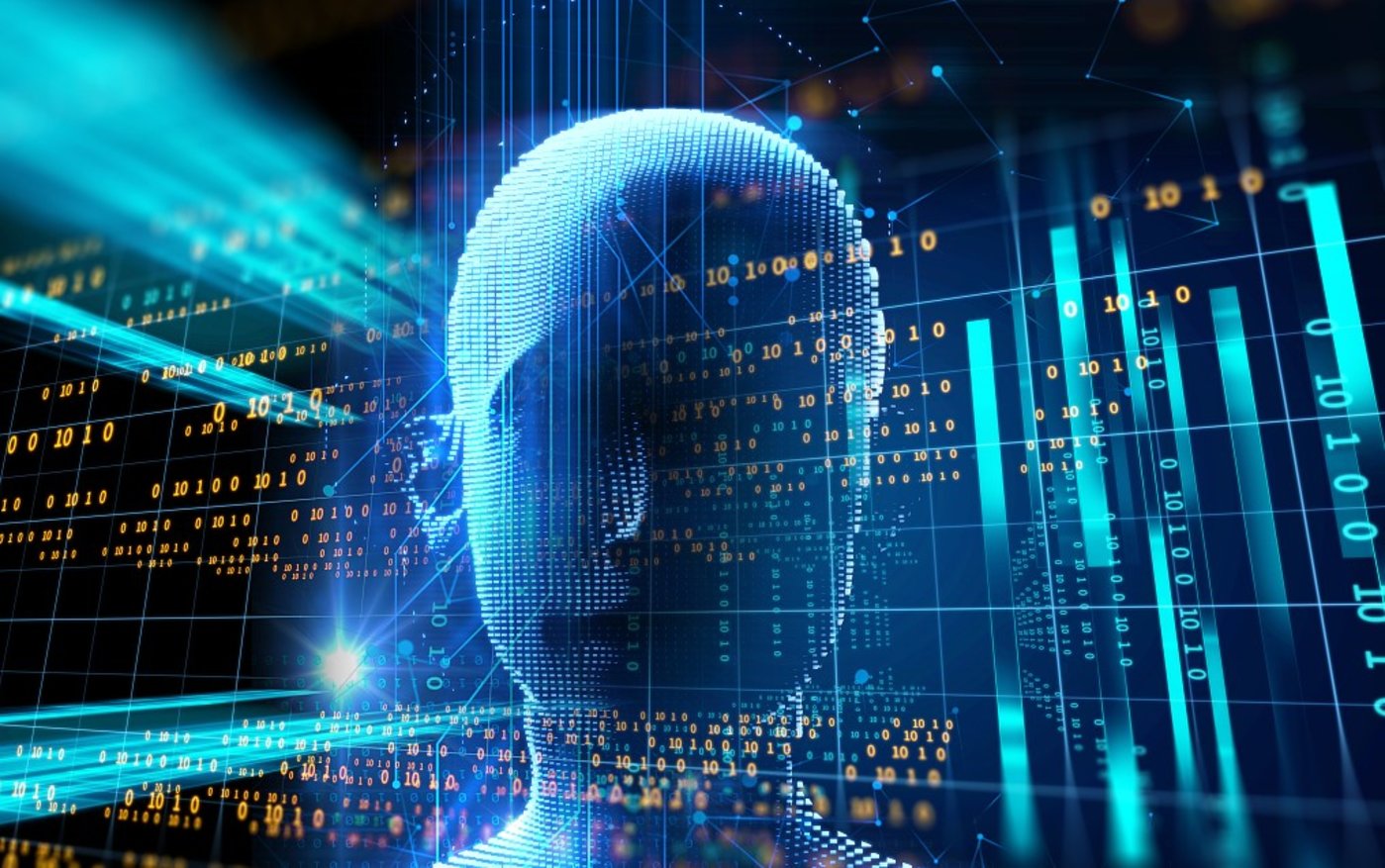
Over the past year, people have begun to realize the enormous power of AI and the innovation potential it can unleash, and the buzz around AI has been high, many of which will profoundly change the course of the technology industry and the entire world.
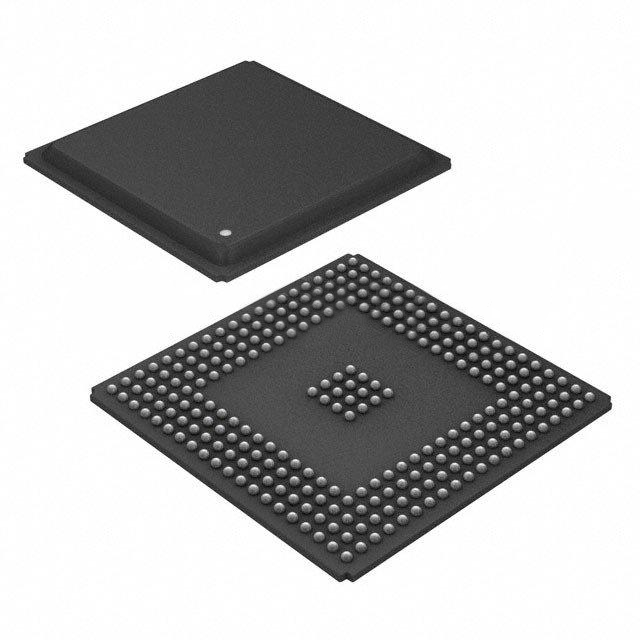
MPC555LFMZP40 are in stock at Heisener. Order Now! Heisener will ships the parts as soon as possible. Embedded - Microcontrollers (IC MCU 32BIT 448KB FLASH 272BGA). Manufacturer: NXP. In Stock: 8700 pcs. Unit Price: RFQ.
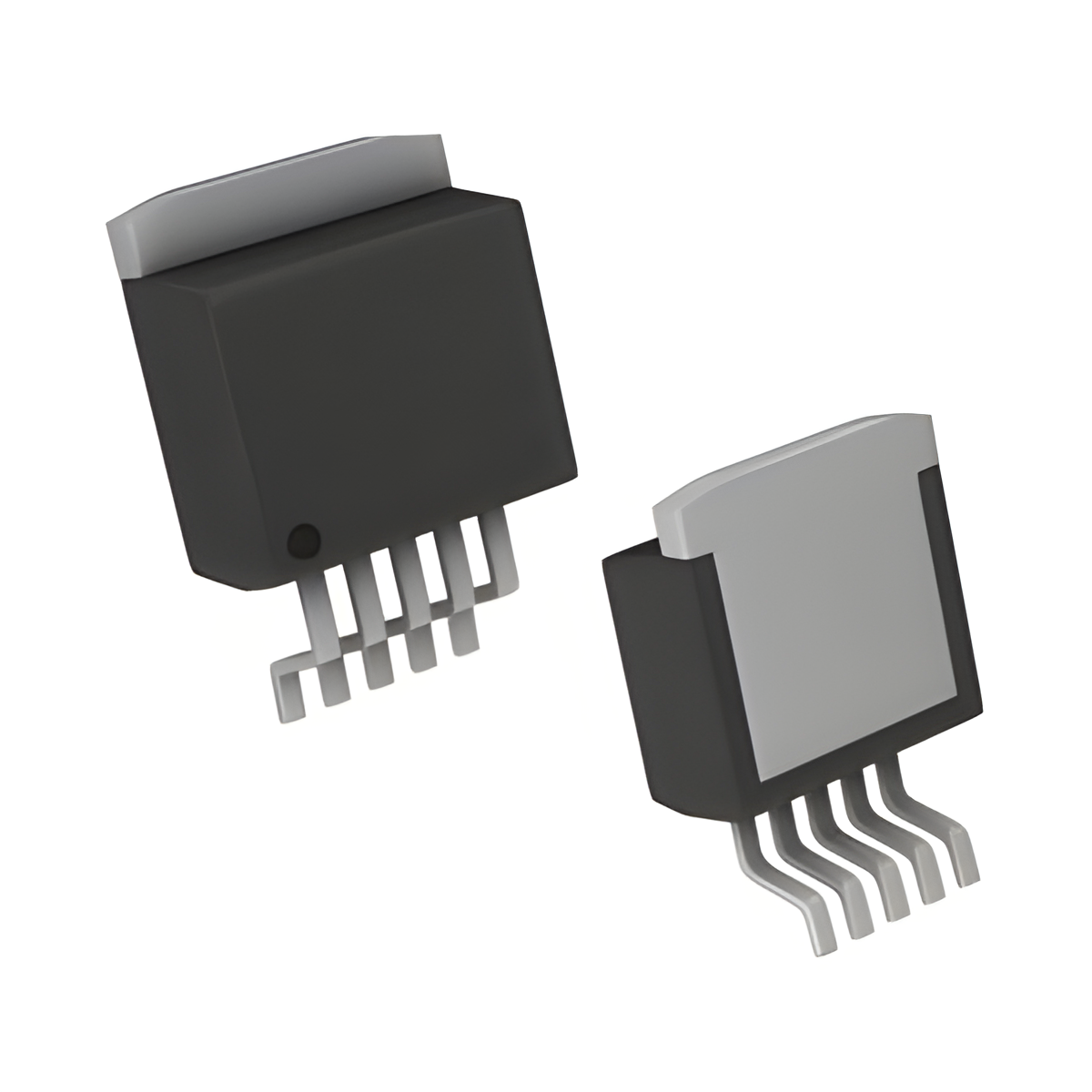
BTS50085-1TMA are in stock at Heisener. Order Now! Heisener will ships the parts as soon as possible. PMIC - Power Distribution Switches, Load Drivers (IC SWITCH PWR HISIDE TO220-7). Manufacturer: Infineon Technologies. In Stock: 70562 pcs. Unit Price: RFQ.

The migration from internal combustion engine (ICE) to electric traction does not just demand more extensive power electronics but devices able to operate at voltages far higher than those used in the past.
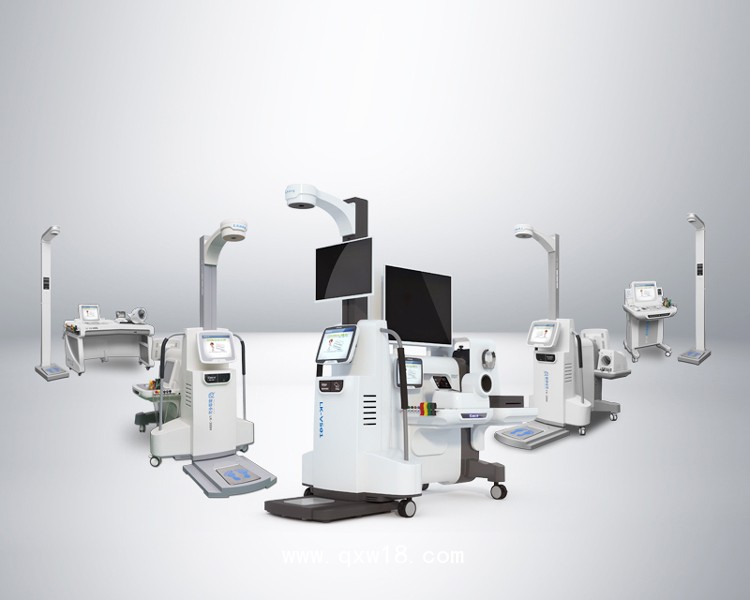
The growing adoption of advanced medical devices has led to the design and utilization of a diverse range of complex medical equipment, both in hospital settings and for telecare at home.
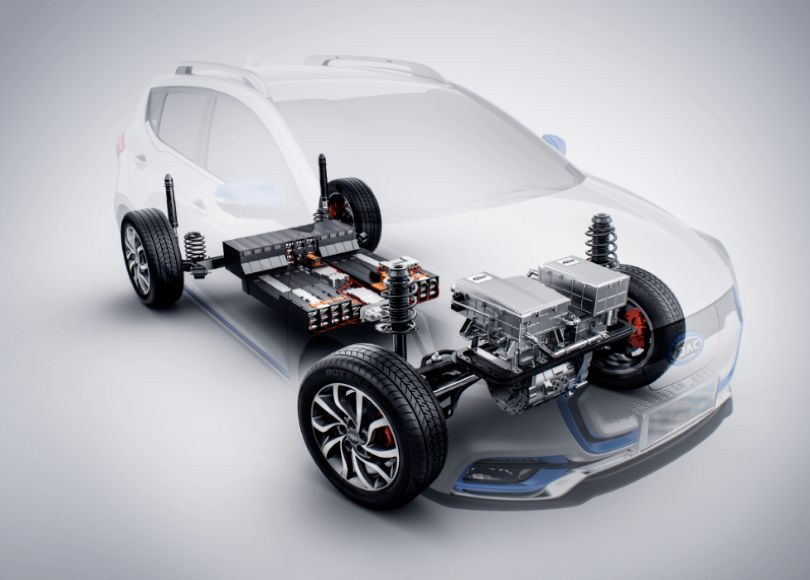
An electric vehicle is not solely a means of transport with an electrified engine; rather, it is equipped with highly sophisticated peripherals along with refined electronics.

LVDS interface circuits can help designers overcome automotive lighting challenges related to bandwidth and signal integrity.

With the increasing number of connected devices in every household comes the challenge of managing wireless interference, especially in the 2.4GHz band. According to international professional services firm Deloitte, the average number of connected devices per home in 2022 is 22, and this number is expected to increase as consumers deploy more iot devices in their homes, from wireless sensors to security cameras to smart locks. It is important to ensure that all these connected devices can coexist in a crowded wireless network without problems with connectivity.
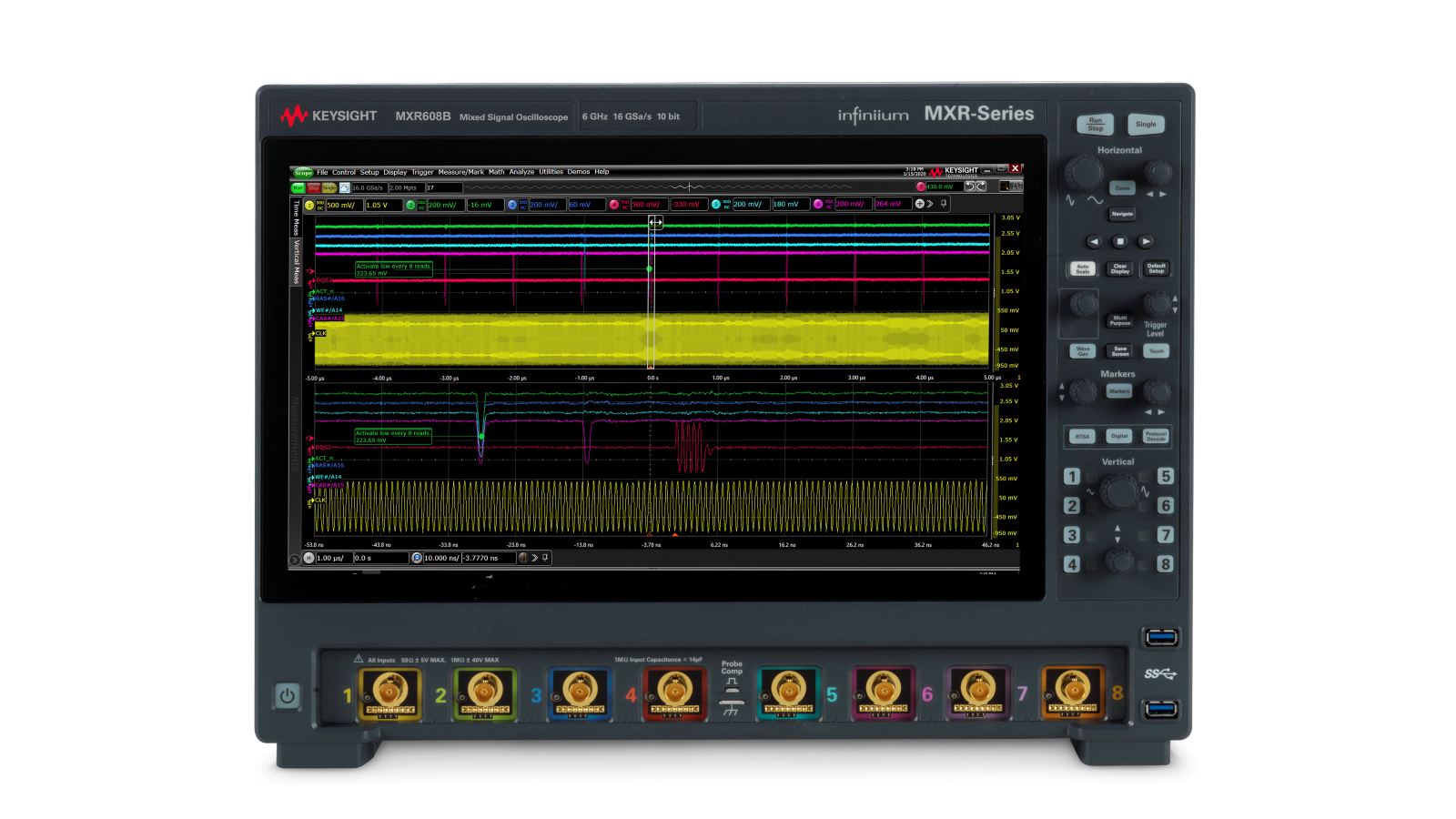
Driven by high-speed digital technology, the rapid development of various complex medical systems has also made many services in the medical field significantly improve in performance, accuracy and efficiency. Medical imaging systems play a vital role in early detection and diagnosis in various medical fields such as orthopedics, obstetrics, neurology, cardiology, etc.

Electronic waste (e-waste) is a pressing issue. Consumer electronics’ growth is great news for businesses, but as new hardware renders the old obsolete, it’s led to a rapidly expanding disposal problem.
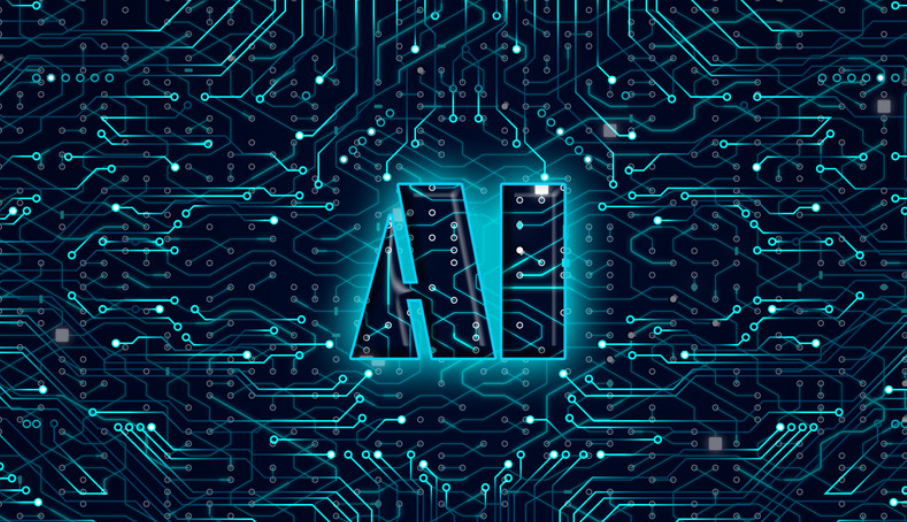
Is AI the killer application that will enable widespread adoption of silicon photonics? One would think so, given the explosive growth in AI over the last couple of years driving the need for high-speed interconnections and higher bandwidths, and subsequently Ethernet optical transceivers.

Sustainable materials minimize non-renewable resources and decrease related emissions, resulting in a reduced carbon footprint.
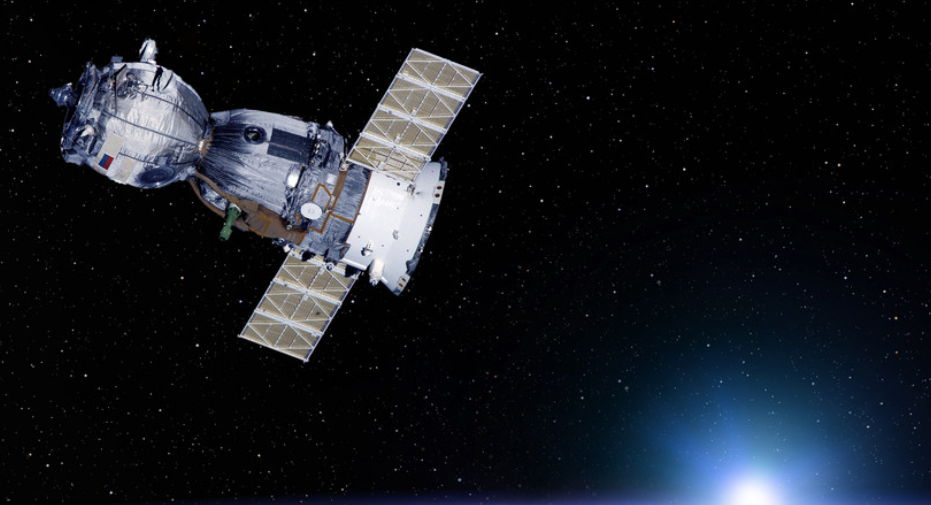
LEO/MEO satellites have simplified worldwide internet access and enabled real-time Earth observation, but power management is a huge obstacle.
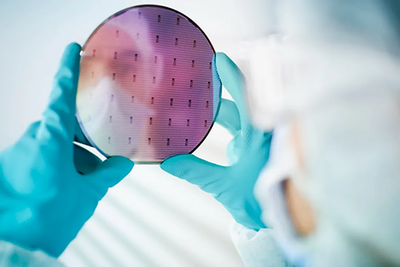
Today, silicon carbide is used in demanding semiconductor applications like trains, turbines, electric vehicles and smart grids. Due to its physical and electrical properties, SiC-based devices are suitable for applications in which high temperature, high power density and high operating frequency are common requirements.
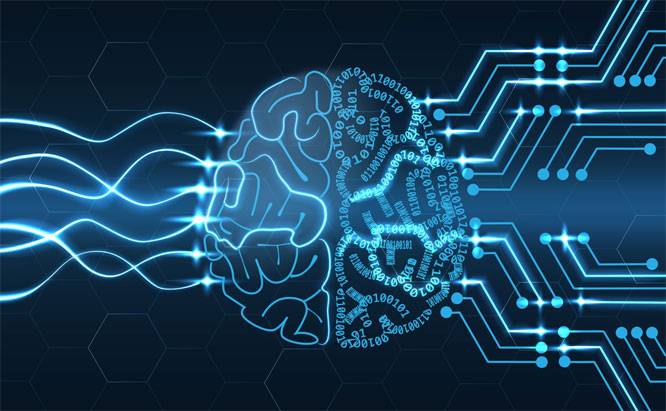
As the edge becomes smarter, the challenge becomes to increase machine learning (ML) and reasoning without increasing power consumption - microcontrollers (MCUS) optimized for edge AI applications are an important part of this puzzle.

The production, distribution and use of electricity is undergoing changes not seen in decades. As the world ADAPTS to climate change and geopolitical uncertainty, innovative technologies are driving dramatic changes across the energy ecosystem.
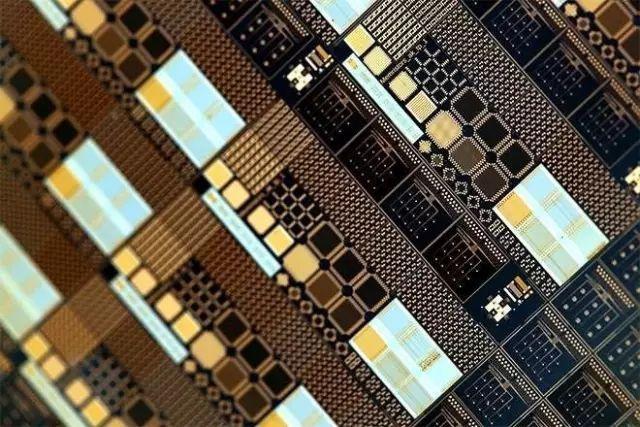
Evidence suggests that GaN transistors can meet the needs of modern and future data centers while making energy usage progress.